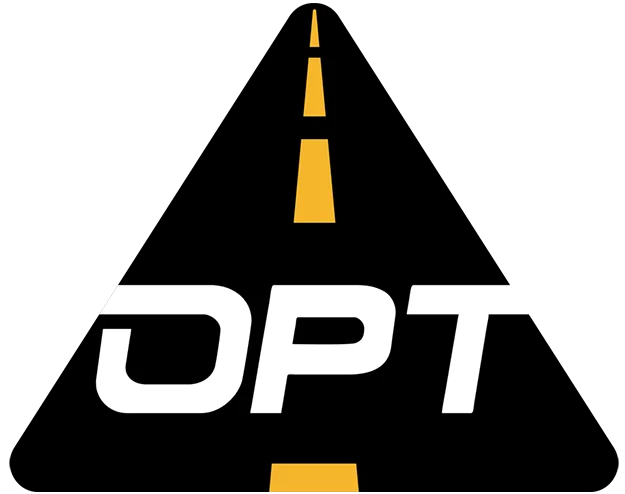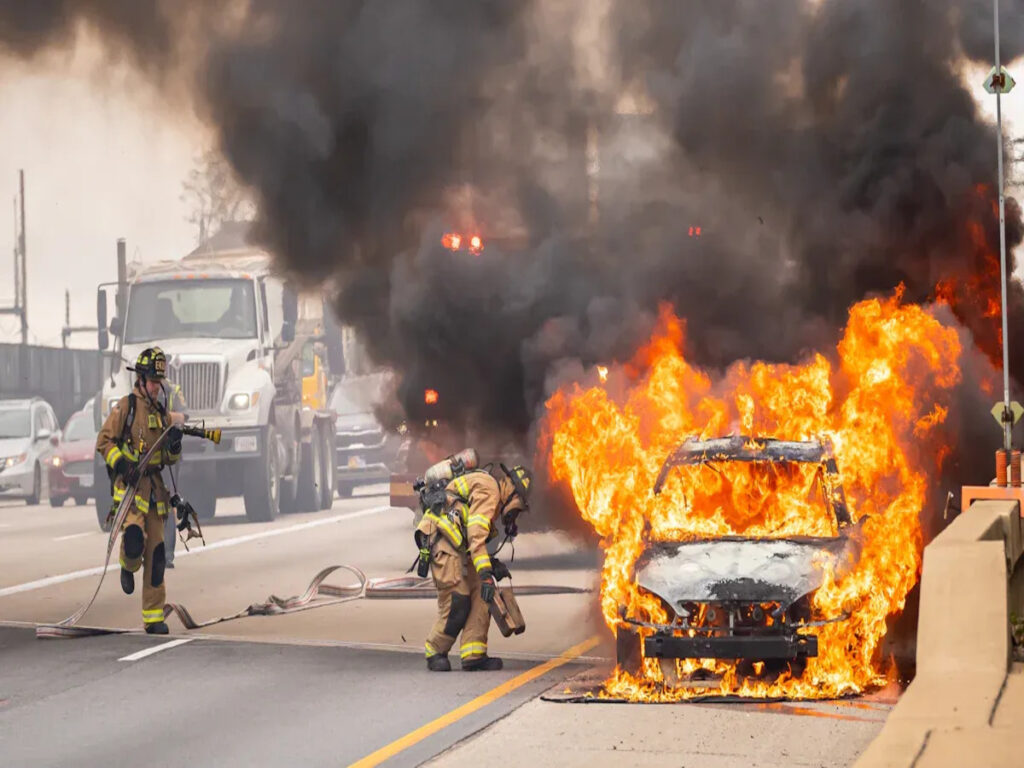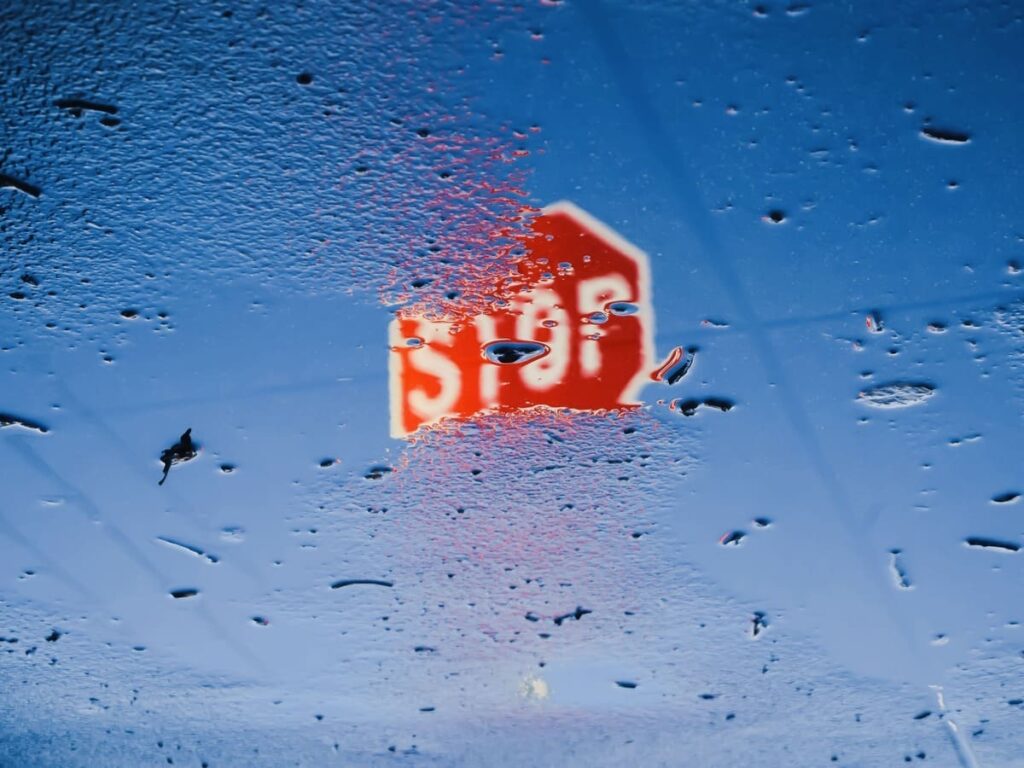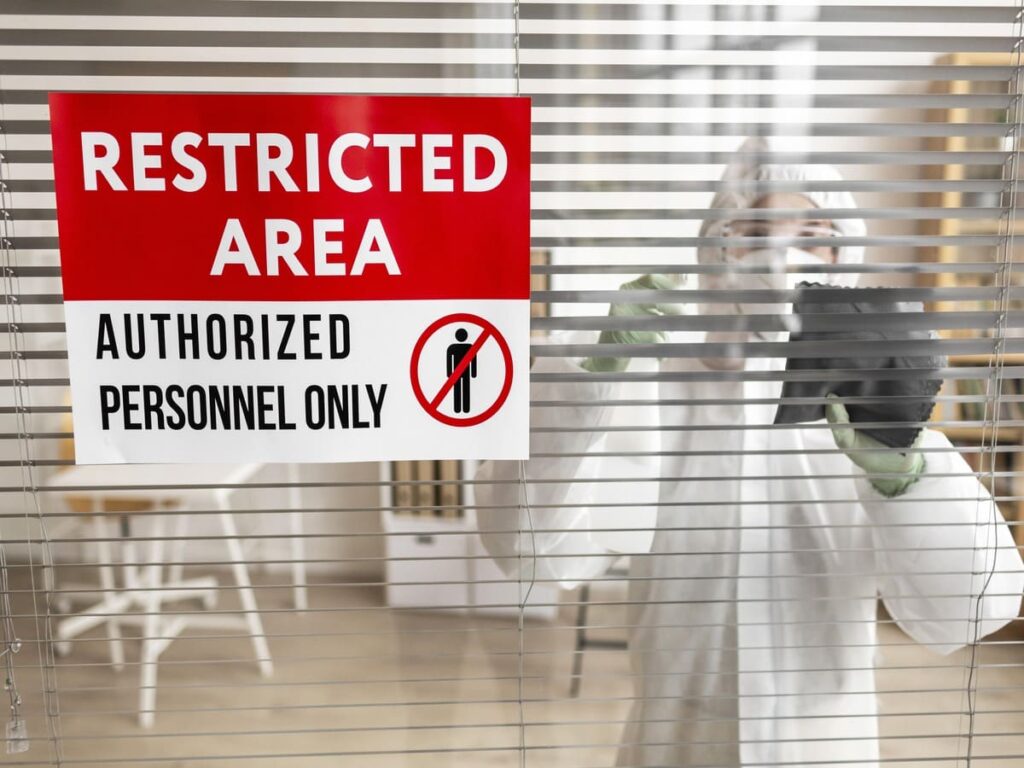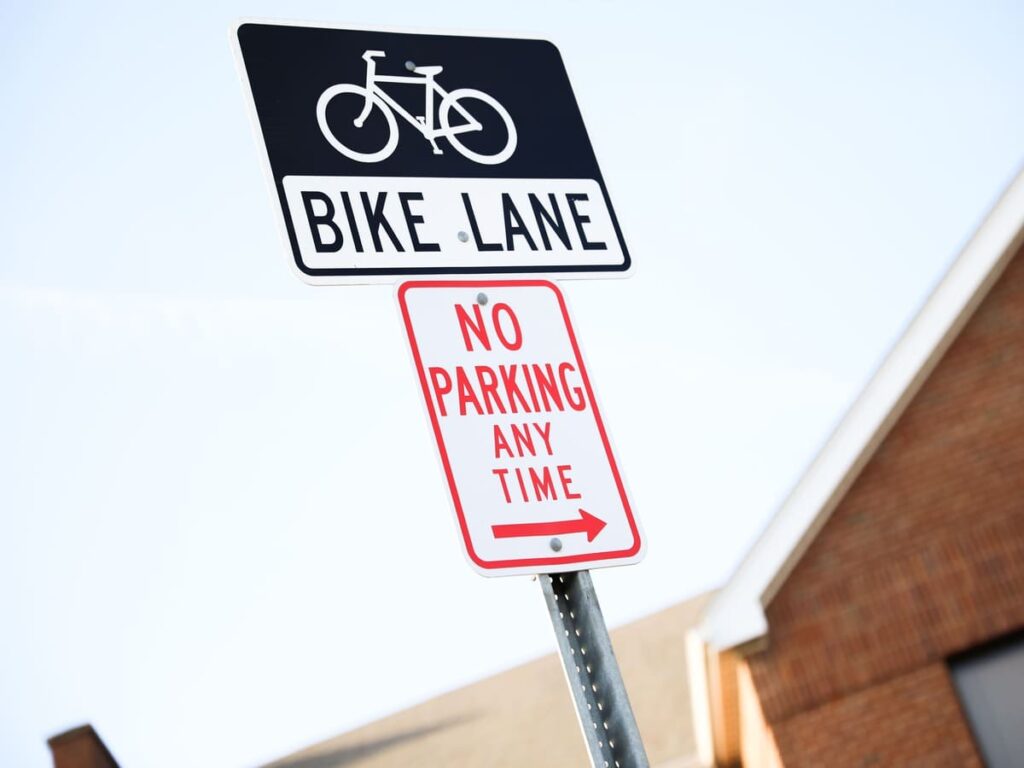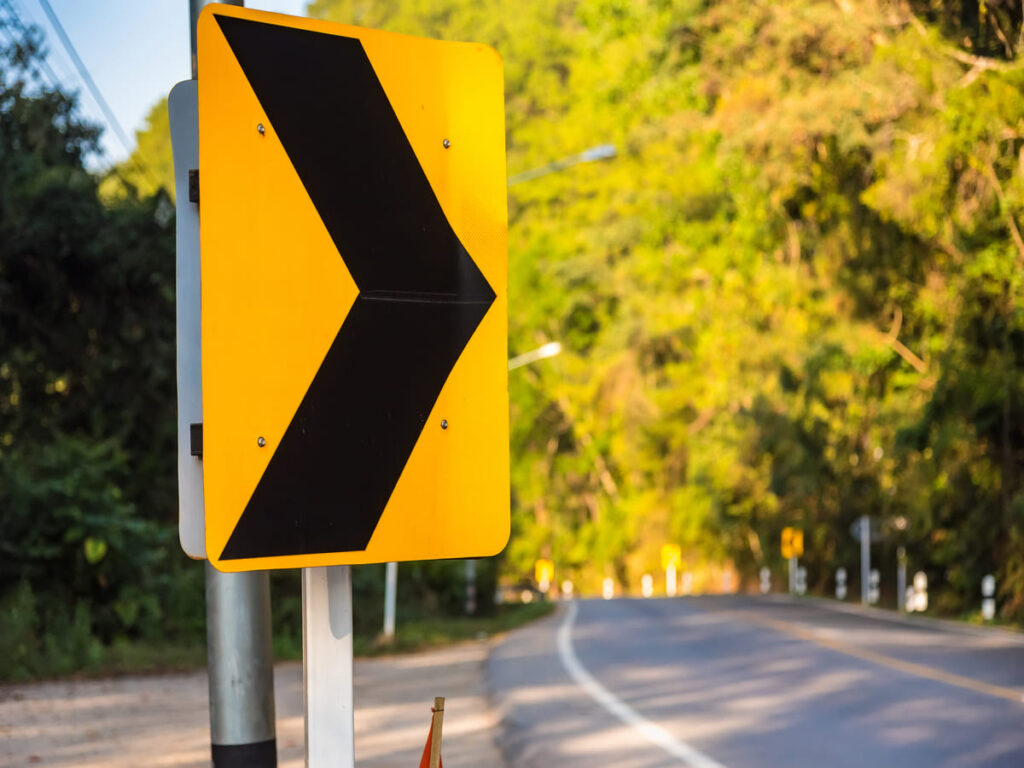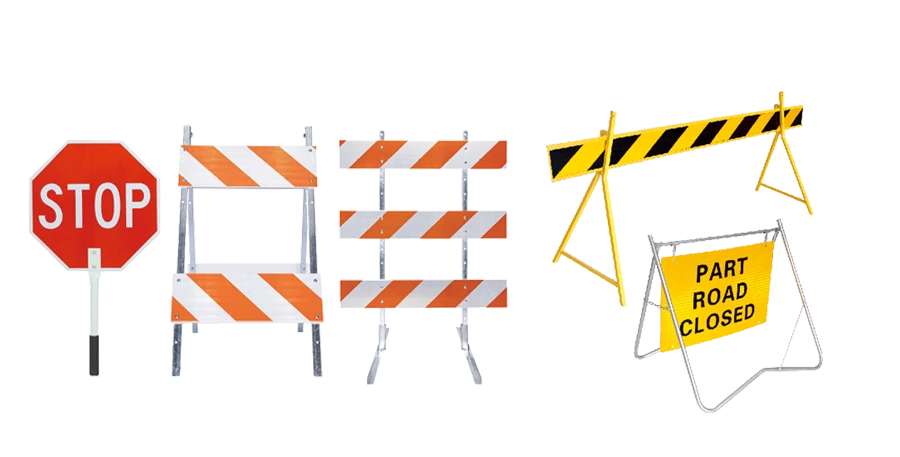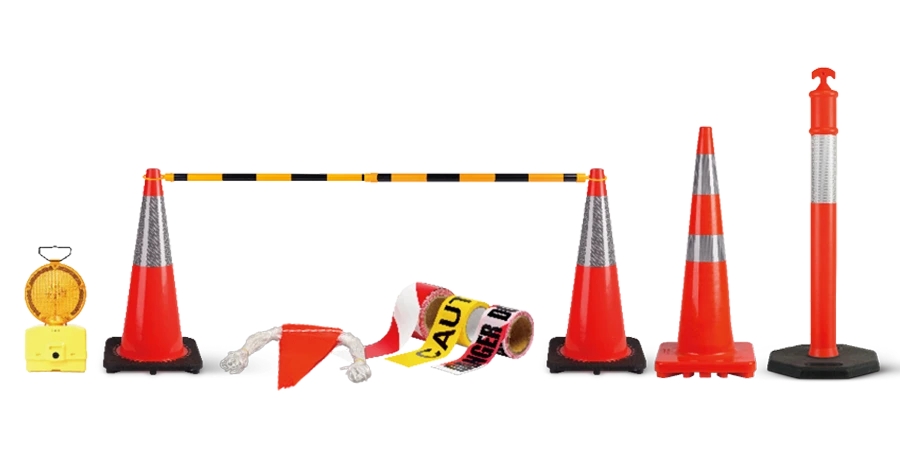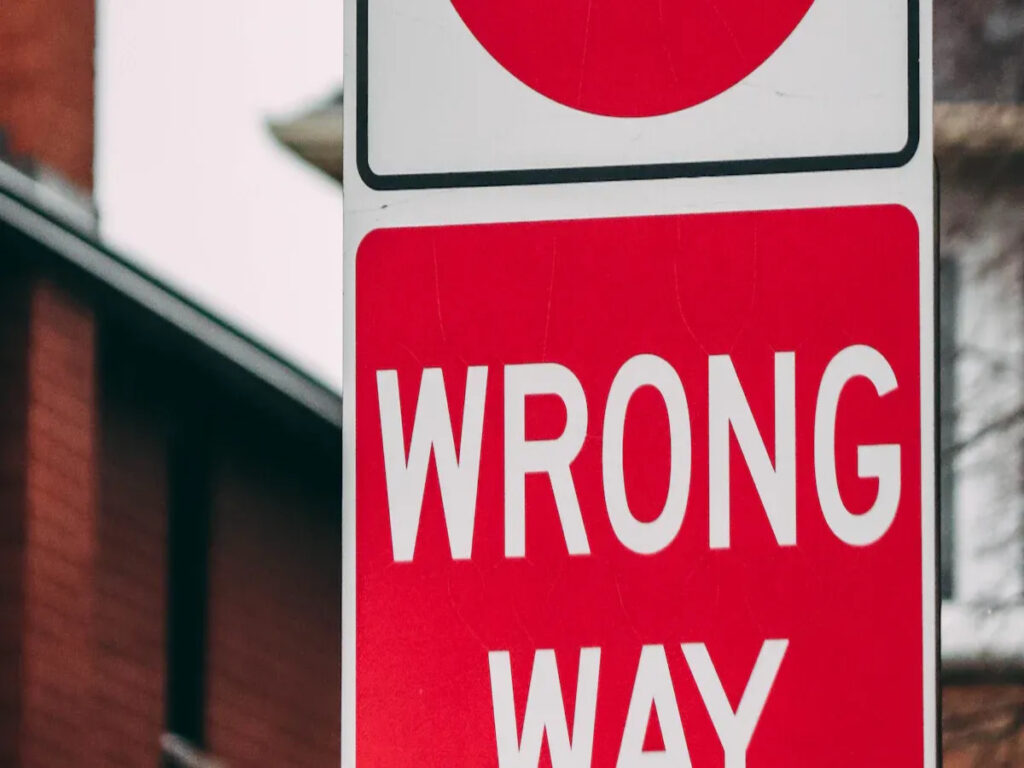
Colors are very important in making safety signs. They quickly show warnings, regras, or safe actions. The color of warning signs plays a crucial role in conveying critical information effectively. Bad color choices can confuse people and slow them down. Por exemplo, low contrast or clashing colors make signs hard to see. This can lead to accidents in risky places. Using the right color rules for signs keeps them clear and avoids mistakes.
OPTRAFFIC offers high-quality safety signs designed with the right color contrasts to ensure maximum visibility and clarity. OPTRAFFIC safety signs for sale follow industry standards to keep your workplace safe and compliant.
Contact us today to find the perfect signage solutions for your needs.
Takeaways -chave
- Do not use red and green together on safety signs. These colors can confuse people about stopping or going.
- Use colors with strong contrast for clear visibility. Pair yellow with black to make signs easier to read.
- Follow safety rules like ANSI and ISO for color meanings. Using the same colors helps people understand signs faster.
- Make sign designs simple. Use one or two colors to show the main message clearly.
- Work with skilled sign makers. They can help pick good materials and follow safety rules.
Common Misleading Color Combinations in Traffic and Safety Signs
Red and Green Together
Using red and green together on safety signs can lead to confusion. While red signals danger or stop, green indicates safety or go. The combination of these two colors creates an unclear message. Por exemplo, a sign featuring both red and green might leave drivers uncertain about whether to stop or proceed. This misinterpretation can result in mistakes, especially in high-pressure situations such as driving. To avoid this confusion, it’s best to keep red and green separate.
Yellow and White or Poor Contrast Combinations
When yellow and white are paired, visibility becomes an issue. Yellow is commonly used for warning signs, but white diminishes its visibility. A yellow symbol on a white background can blend in and make it hard to spot, particularly in low light or from a distance. To improve visibility, pair yellow with darker colors like black. This combination ensures the sign stands out and conveys its message clearly.
Blue and Green Conflicts
Blue and green have distinct meanings in safety signage. Tipicamente, blue indicates rules to follow, while green points to safe areas or exits. Combining these two colors may create confusion about the intent of the sign. Por exemplo, a sign with both blue and green might cause someone to hesitate, unsure whether it’s a rule to follow or simply a suggestion. To keep the message clear, avoid mixing blue and green on the same sign.
Consequences of Using Misleading Color Combinations
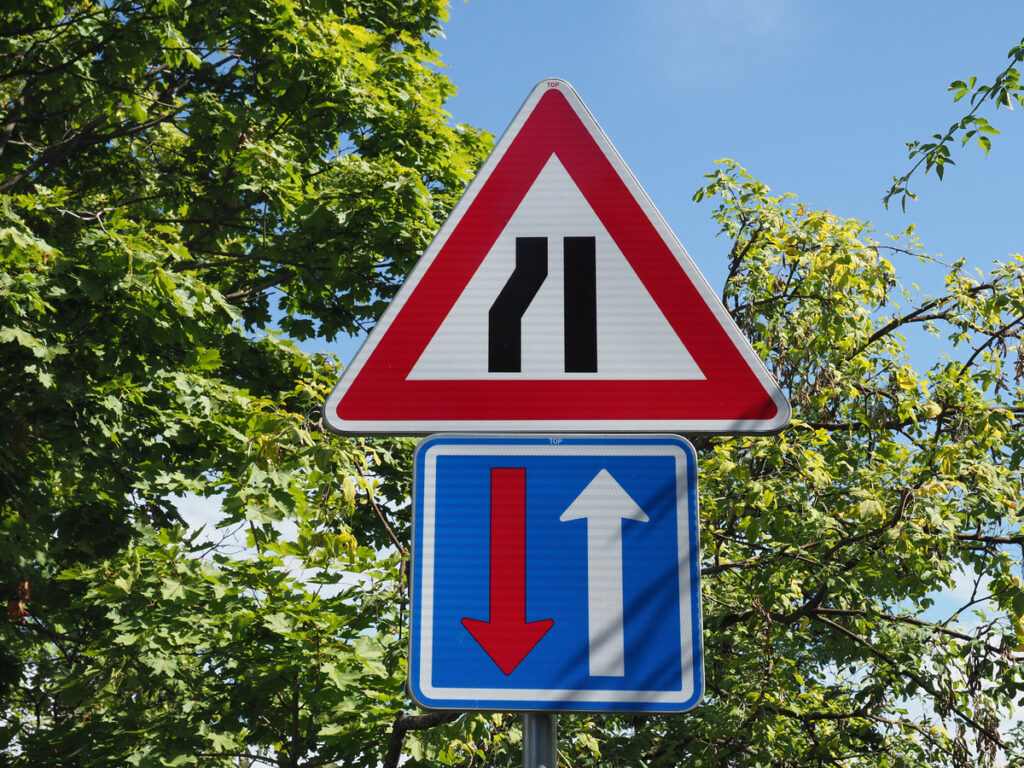
Higher Chance of Accidents
Wrong colors on safety signs can confuse people. Confusion leads to mistakes and accidents. If a sign is unclear, people may act dangerously. Por exemplo, a bad sign at a busy road can confuse drivers. They might hesitate or misunderstand what to do. This confusion can cause crashes or other serious problems.
At work, unclear signs can be risky. Picture a construction site with hard-to-see warning signs. Workers might miss danger zones or unsafe areas. A near-accident happened at a Dublin construction site. The site had no proper warning signs, allowing someone to enter a restricted area. After adding correct signs, such incidents dropped a lot. This proves clear signs help prevent accidents.
Breaking Rules and Facing Penalties
Not following safety sign rules can cause big trouble. Companies must follow rules like ANSI Z535, ISO 7010, or OSHA. These rules explain how to use the right colors for safety signs. Ignoring them can lead to fines, lawsuits, or even shutting down.
Breaking rules also hurts safety checks. A drug factory faced this during an inspection. Their old signs didn’t meet ISO 7010 regras. After fixing the signs, safety improved, and emergencies were handled faster. This shows how following rules avoids problems and keeps workplaces safe.
Using correct colors and following rules protects people. It also avoids expensive mistakes. Clear and rule-following signs are key for safety and legal compliance.
Best Practices to Prevent Misleading Color Combinations
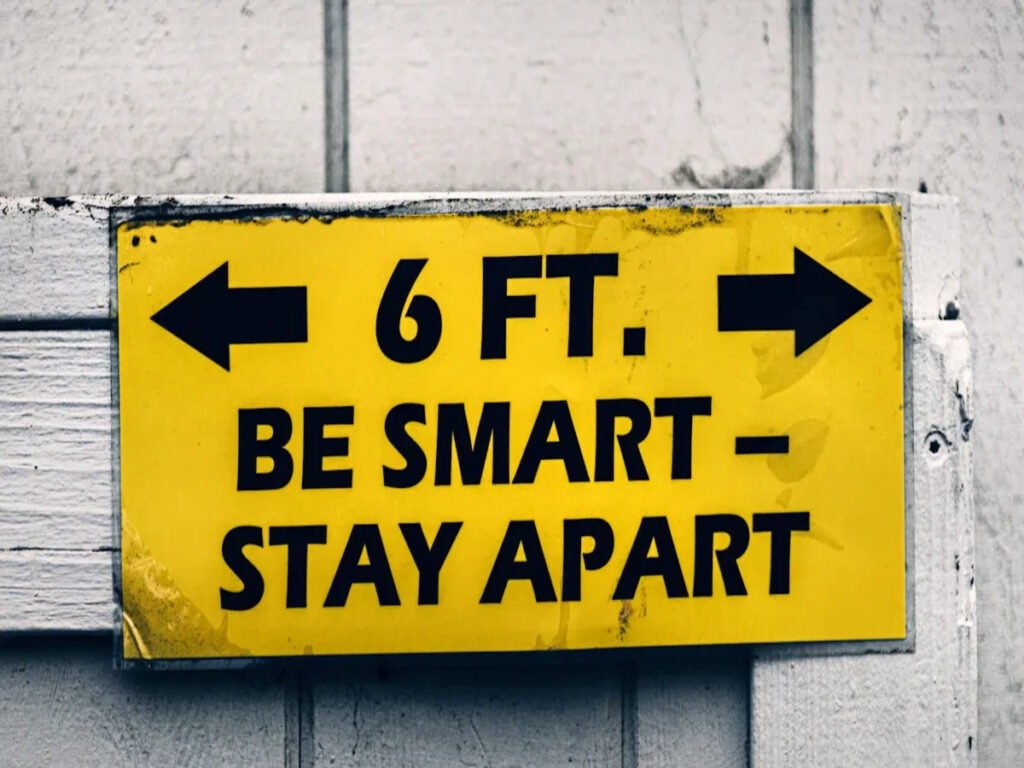
Follow Safety Rules for Sign Colors
Always follow safety rules when making signs. Groups like ANSI, ISO, and OSHA have clear rules for sign colors. These rules help people understand signs easily and avoid confusion. Por exemplo, ANSI Z535 says red means danger, Amarelo significa cautela, e verde significa segurança. Seguindo estas regras, your signs will work well and follow the law.
Use fewer colors to make designing easier. Match each color to a specific danger or message. This helps people quickly know what a sign means. Também, ask team members from different areas for ideas. Their feedback makes sure the signs work for everyone.
Use Clear Colors and Good Contrast
Signs need high contrast to be easy to read. Pair light and dark colors to make signs stand out. Por exemplo, black words on yellow are easy to see, even far away. Don’t use colors like yellow on white, which are hard to notice.
Make sure signs stay clear over time. Use strong materials that don’t fade. Faded signs can confuse people and cause problems. Check and fix signs often to keep them clear and safe.
Keep Colors Simple
Too many colors on one sign can confuse people. Simple designs with standard colors are better. Complicated signs take longer to understand, which can be dangerous in emergencies.
Focus on making signs clear. Use one or two colors to show the most important details. Simple signs are easier to read quickly. Lembrar, clear and simple signs save lives.
Practical Tips for Effective Safety Sign Design
Keep Color Meanings the Same
Using the same colors for the same meanings is important. It helps people understand signs faster and act quickly. Por exemplo, red always means danger, and green shows safety. A consistent system helps workers and others spot risks right away. Isso diminui a chance de acidentes.
Here’s a table showing common color meanings for safety signs:
| Cor | Significado |
|---|---|
| Vermelho | Danger or urgency |
| Laranja | Possible risks |
| Amarelo | Be careful |
| Azul | Information or trust |
| Verde | Safe areas or security |
Research shows that using colors consistently makes hazards easier to see. It also raises safety awareness. Always follow rules like OSHA or ANSI when making signs. This keeps signs effective and builds trust in your safety measures.
Add Symbols and Text to Colors
Colors alone can sometimes confuse people. This is true for those with color blindness or language issues. Para consertar isso, add clear symbols and short text to your signs. Por exemplo, um “Proibido fumar” sign should have both the symbol and the words “Proibido fumar.”
Here are tips to make signs better:
- Use grande, bold letters so they’re easy to read.
- Keep the words simple and avoid hard-to-understand terms.
- Show the danger, what could happen, and what to do.
Também, use strong materials for signs so they last longer. Check them often to make sure they stay clear and useful. By mixing symbols, texto, and the right colors, you create signs that everyone can understand easily.
Selecting Correctly Designed Traffic and Safety Signs
Key Factors for Choosing Properly Colored Signs
Picking the right safety signs is more than choosing colors. You must think about visibility, durabilidade, and following safety rules. Good color of warning signs helps people understand and stay safe in risky areas.
Here are important things to think about:
- Fluorescent Colors for Visibility: Bright yellow chevrons are easy to see. They grab attention without distracting drivers or slowing them down.
- Crash Reduction Benefits: Using bright curve signs can lower crashes by 18% para 35%. This makes them safer for dangerous roads.
- Retroreflective Sheeting: These signs shine at night, making them easier to spot. Eles também duram mais, Economizando dinheiro em substituições.
- Prismatic Sheeting for Distance: Prismatic signs are visible from far away. They work well in dark or poorly lit places.
| Recurso | Beneficiar |
|---|---|
| Fluorescent yellow chevrons | Easier to see and improves driver focus |
| Fluorescent curve signs | Lowers crash rates by 18% para 35% |
| Retroreflective sheeting | Better nighttime visibility and longer-lasting signs |
| Prismatic sheeting | Clearer from far away, Mesmo com pouca luz |
By focusing on these points, you can pick signs that work well and follow safety rules.
Working with Experienced Sign Suppliers
Working with skilled sign suppliers helps you get good, safe signs. These experts know safety rules like ANSI, ISO, and OSHA. They can help you pick the best materials, cores, and designs for your needs.
Experienced suppliers give helpful advice too. They suggest strong materials like retroreflective or prismatic sheeting. These materials make signs easier to see and last longer. Skilled suppliers can also make custom signs for your specific needs, ensuring they fit your environment.
Ao escolher um fornecedor, look for these qualities:
- Knowledge of Standards: Make sure they follow ANSI, ISO, or OSHA rules.
- Proven Track Record: Check reviews or ask others about their reliability.
- Customization Options: Pick a supplier who can create signs for your needs.
- Material Expertise: Choose one offering strong, visible materials like prismatic sheeting.
The right supplier makes the process easy and ensures your signs are safe and long-lasting.
Safety begins with using correct color combinations on signs. Simple and clear colors make warnings easy to understand. Following rules like Ansi ou ISO lowers risks and improves safety. Always focus on making signs simple and easy to read.
If you want to learn more about the meanings and principles behind safety sign colors, Confira nosso blog: “Entendendo as cores do sinal de segurança do trânsito e os princípios de design: Uma visão geral abrangente”.
🛑 Act Now: Check out our collection of strong, rule-following traffic and safety signs. Made with proper cores and tough materials, they stay visible and safe anywhere. Visit our catalog today to keep safety first!
Perguntas frequentes
What are the most important colors for safety signs?
Vermelho, amarelo, verde, azul, and white are key colors. Each color of warning signs has a meaning. Vermelho significa perigo, Amarelo significa cautela, green shows safety, blue means rules, and white gives information. Always follow safety rules to use them correctly.
How can you ensure safety signs are visible at night?
Use retroreflective or prismatic materials. These reflect light, Tornando sinais fáceis de ver no escuro. The fluorescent color of warning signs also helps during the day and night. Check signs often to keep them working well.
Why is color contrast important in safety signs?
Good contrast makes signs easier to read. Por exemplo, black words on yellow stand out clearly. Bad contrast, like yellow on white, is hard to see. Always match light and dark color of warning signs for clear signs.
Can colorblind individuals understand safety signs?
Sim, adding symbols and text helps everyone understand. Por exemplo, um “Proibido fumar” sign should have both the symbol and the words. Por aqui, even colorblind people can read the message.
What standards should you follow for safety sign colors?
Follow ANSI Z535, ISO 7010, or OSHA rules. These explain the right color of warning signs and their meanings. Following these rules keeps signs clear, útil, e legal.
🛠 Dica: Check your safety signs often to make sure they follow rules and stay easy to see.
